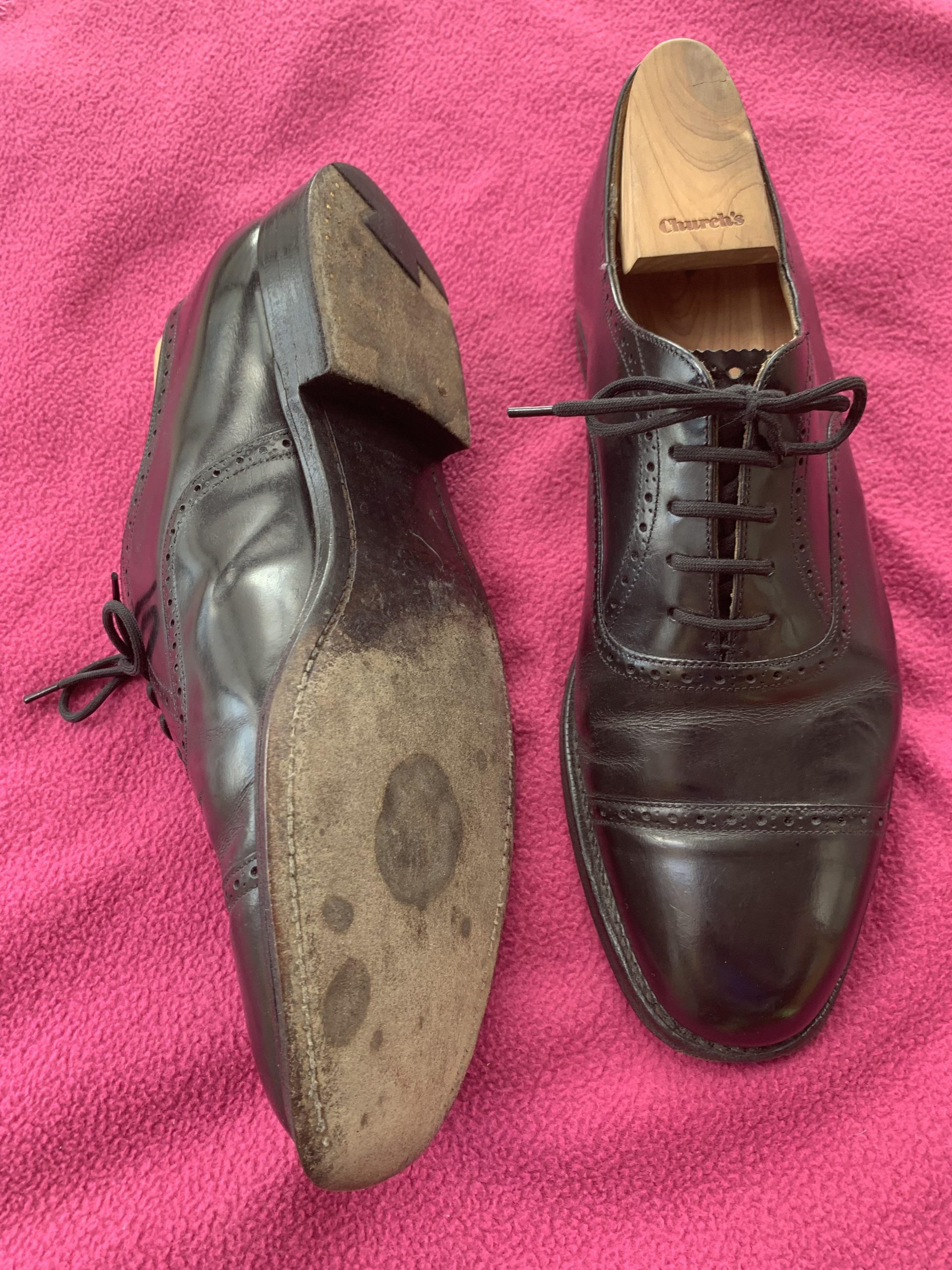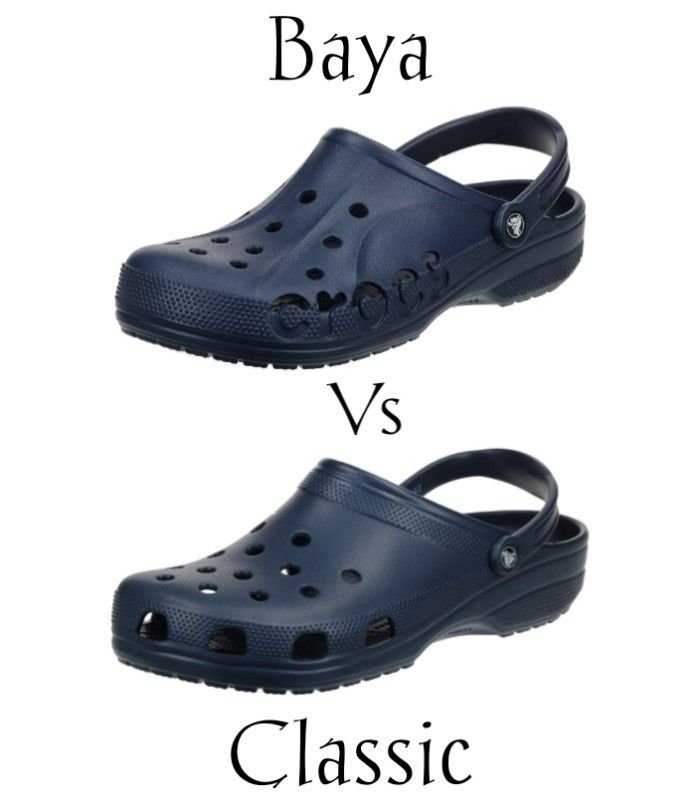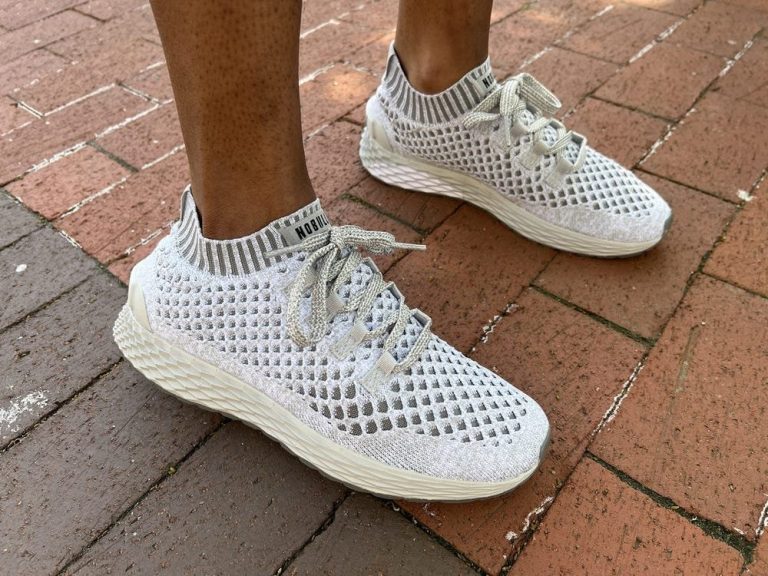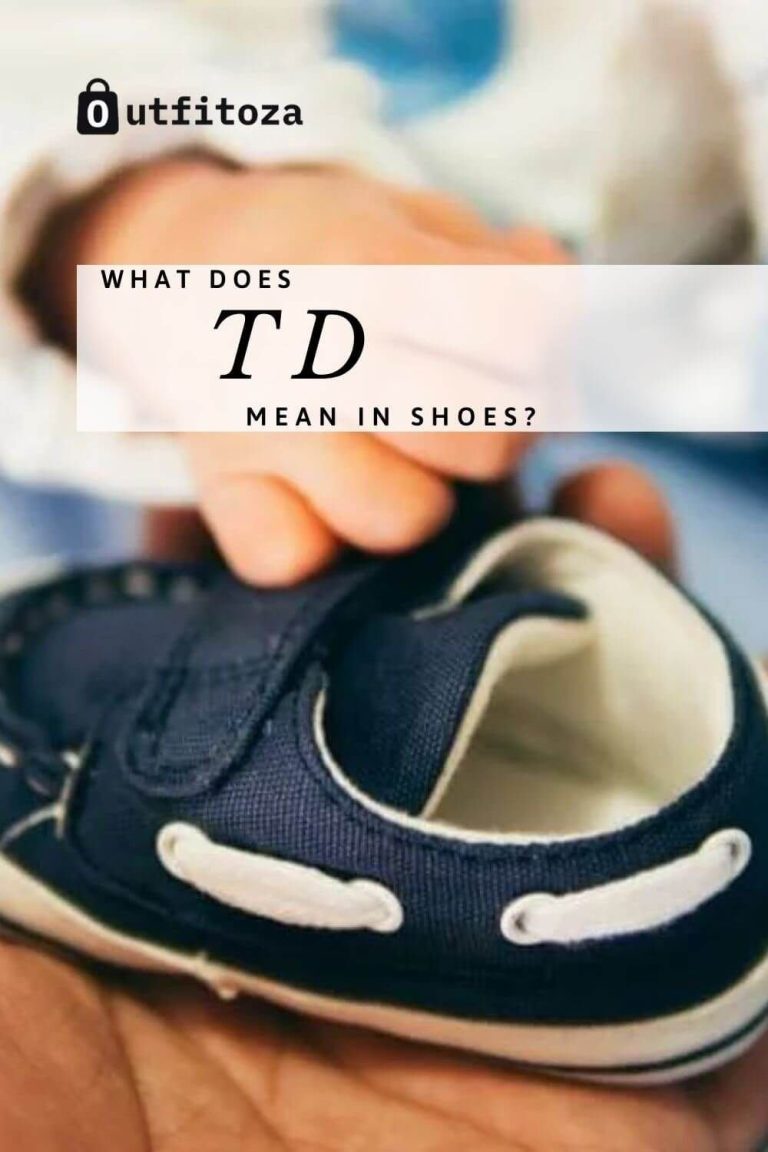How long do dress shoes last? It’s a question many of us find ourselves pondering as we carefully select the perfect pair for that upcoming event or job interview. We invest time, money, and effort into finding just the right fit, style, and quality. But once we make that purchase, how long can we expect our dress shoes to withstand the test of time? Well, fear not, dear reader, for we have the answers you seek. In this article, we will delve into the factors that determine the lifespan of dress shoes and provide you with some tips on how to keep them looking sharp and functional for as long as possible. So, let’s lace up and step into the world of dress shoe longevity.
How Long Do Dress Shoes Last?
Dress shoes are an essential part of any wardrobe, adding a touch of elegance and sophistication to any outfit. Whether you wear them occasionally for special occasions or as a daily staple, it’s natural to wonder how long dress shoes will last before they need to be replaced. In this article, we will explore the factors that affect the lifespan of dress shoes and provide tips on how to make them last longer.
1. Quality of Materials
The quality of materials used in the construction of dress shoes plays a significant role in determining their lifespan. Higher quality materials such as full-grain leather are more durable and tend to last longer compared to synthetic materials or lower grades of leather. When shopping for dress shoes, look for those made with high-quality materials, as they will not only last longer but also maintain their appearance over time.
2. Construction and Workmanship
Another crucial factor that influences the longevity of dress shoes is the construction and workmanship. Shoes that are handcrafted, Goodyear welted, or Blake stitched are generally more durable and easier to repair compared to those glued or machine-stitched. These construction methods ensure that the shoes remain structurally sound and can be resoled multiple times, extending their lifespan significantly.
2.1 Goodyear Welt Construction
Goodyear welt construction is widely regarded as one of the most durable shoe construction methods. It involves stitching the upper, insole, welt, and outsole together, creating a sturdy and water-resistant bond. This construction allows for easy resoling, meaning you can extend the life of your dress shoes by replacing the worn-out outsole while preserving the rest of the shoe.
2.2 Blake Stitch Construction
Blake stitch construction is another popular method known for its flexibility and comfort. In this construction, the upper is stitched directly to the sole, creating a sleek and lightweight design. While Blake-stitched shoes may require a bit more care, they can still provide excellent durability. However, note that the lack of a visible welt means resoling options might be more limited.
3. Frequency and Intensity of Use
The lifespan of dress shoes is also influenced by how often and how rigorously they are worn. If you only wear your dress shoes occasionally, they are likely to last longer compared to shoes worn daily. Additionally, the type of activities or environments in which you wear your dress shoes can impact their durability. Walking on uneven surfaces or subjecting them to excessive moisture can accelerate wear and tear.
4. Maintenance and Care
Proper maintenance and care are vital to prolonging the lifespan of dress shoes. Here are some tips to help you keep your shoes in excellent condition:
4.1 Regular Cleaning
Regularly remove dirt, dust, and stains from your dress shoes using a soft brush or cloth. If necessary, use a leather cleaner or saddle soap to gently clean the leather. Avoid using harsh chemicals or excessive water that can damage the material.
4.2 Conditioning
Leather dress shoes benefit from regular conditioning to keep the leather supple and prevent cracking. Apply a quality leather conditioner or cream to moisturize the leather and maintain its appearance.
4.3 Polishing
Polishing your dress shoes not only enhances their shine but also provides a protective layer against moisture and scratches. Use a shoe polish that matches the color of your shoes and apply it using a soft cloth or brush. Allow the polish to dry before buffing it with a clean cloth.
4.4 Storage
When not in use, store your dress shoes in a cool, dry place away from direct sunlight. Consider using shoe trees to help maintain their shape and absorb moisture. Avoid storing them in plastic bags or airtight containers, as this can lead to the growth of mold and mildew.
5. Signs That Your Dress Shoes Need to be Replaced
While proper care and maintenance can extend the lifespan of dress shoes, there will come a time when they need to be replaced. Here are some signs that indicate it’s time for new dress shoes:
– Significant sole wear or damage that cannot be repaired.
– Visible cracks, creases, or tears in the leather upper.
– Broken or loose stitching that compromises the shoe’s structure.
– Uncomfortable fit or lack of support due to worn-out insoles or padding.
– Lingering odors or signs of mold that cannot be eliminated.
6. Conclusion
The lifespan of dress shoes depends on various factors such as material quality, construction, frequency of use, and proper maintenance. Investing in high-quality dress shoes, choosing the right construction method, and taking good care of them can significantly extend their lifespan. By following the tips outlined in this article, you can ensure that your dress shoes remain stylish and functional for years to come.
Note: For frequently asked questions about dress shoes, please refer to the FAQ section at the end of this article.
The Podcast – Episode 4 – How Long Do Shoes Last?
Frequently Asked Questions
How long do dress shoes typically last?
The lifespan of dress shoes can vary depending on various factors such as the quality of craftsmanship, materials used, and how well they are cared for. On average, a well-made pair of dress shoes can last between 5 to 10 years with regular use. However, this estimate can be extended with proper maintenance and occasional repairs.
What factors affect the durability of dress shoes?
The durability of dress shoes is influenced by several factors including the quality of construction, the type and quality of materials used, the frequency and intensity of use, and the level of care provided. Higher-quality materials and meticulous craftsmanship typically result in more durable shoes that can withstand years of wear.
How can I extend the lifespan of my dress shoes?
To extend the lifespan of your dress shoes, it is important to properly care for them. Regularly clean and polish the shoes to maintain their appearance and protect the leather. Avoid wearing them in harsh weather conditions and rotate them with other pairs to minimize wear and tear. Using shoe trees to maintain their shape and storing them in a well-ventilated area can also help in preserving their longevity.
When should I consider repairing my dress shoes instead of replacing them?
If your dress shoes are of high quality and have sentimental or monetary value, it is often worth repairing them when they show signs of damage. Repairing worn-out soles, fixing loose stitching, or even replacing the heels can significantly extend the lifespan of your shoes, making them worth the investment in the long run.
What signs indicate that it’s time to replace my dress shoes?
There are several indicators that suggest it’s time to replace your dress shoes. Excessive wear on the soles that cannot be repaired, substantial damage to the upper part of the shoe, such as cracks or holes, and a significant decrease in comfort are all signs that it may be time to invest in a new pair of dress shoes.
Can I make my dress shoes last longer by resoling them?
Yes, resoling your dress shoes can be a great way to extend their lifespan. A reputable cobbler can replace the soles of your shoes, allowing you to continue wearing them for years to come. However, it’s important to note that not all shoes are suitable for resoling, so it’s best to consult with a professional to determine if your shoes can be repaired in this manner.
Do different types of dress shoes have different lifespans?
Yes, the lifespan of dress shoes can vary based on the type of shoe. For example, Oxford shoes, with their sturdy construction, tend to have a longer lifespan compared to more delicate styles like loafers. Additionally, the type of leather used can also impact durability, with full-grain leather typically being more long-lasting than corrected or bonded leather.
Final Thoughts
Dress shoes, like any other footwear, have a limited lifespan. The durability of dress shoes depends on various factors, such as the quality of the materials used, the frequency of wear, and the level of care given to them. On average, a well-constructed pair of dress shoes can last anywhere from two to ten years, depending on the aforementioned factors. Regular maintenance, including cleaning, polishing, and resoling when necessary, can significantly extend their lifespan. Ultimately, the longevity of dress shoes is a result of both their initial quality and the level of maintenance provided by the wearer. So, if you want to ensure that your dress shoes last as long as possible, investing in a high-quality pair and giving them proper care is essential.






